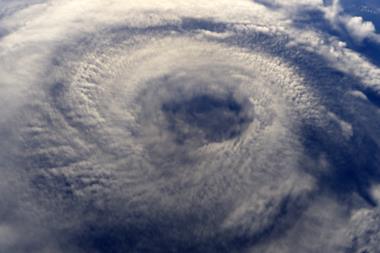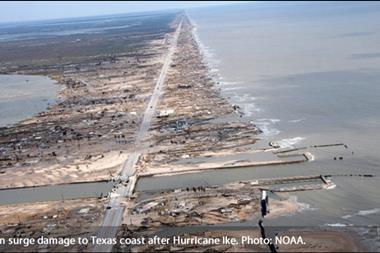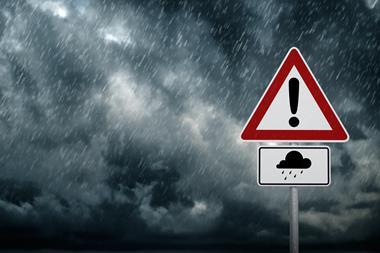Experts are urging businesses to prepare for an above-normal hurricane season. Here’s how risk managers can respond
Hurricane experts are warning businesses to prepare for a “blockbuster” hurricane season.
While the Atlantic hurricane season does not officially start until June 1, there are already “serious and growing concerns” about what lies ahead, according to AccuWeather chief meteorologist Jonathan Porter.

An average hurricane season produces 14 named storms, of which seven become hurricanes, including three major hurricanes.
However, Tropical Storm Risk (TSR), has raised its previous forecast issued in December, and is now predicting that North Atlantic hurricane activity in 2024 will be hyper-active and around 70% above the 1991-2020 30-year norm.
Both TSR and Accuweather cite the return of La Niña and historically warm water across the Atlantic Ocean as reasons to expect more severe hurricane activity than normal.
La Niña typically leads to more tropical storms and hurricanes in the Atlantic due to reduced wind shear, or disruptive winds high in the atmosphere.
Meanwhile, warm water is fuel for hurricanes, and all signs are pointing toward record-breaking temperatures in the Atlantic hurricane basin. In mid-February, water temperatures reached typical mid-July levels.
“The second half of the hurricane season is likely to be very active, as conditions will be more favorable for tropical systems,” AccuWeather long-range expert Paul Pastelok said.
“We expect that the Gulf Coast, especially the Texas Coast, will be at a higher risk for direct impacts from a tropical system this year.
The impact on businesses
EuroTempest’s Dr Adam Lea says that the strong likelihood of a very active upcoming hurricane season implies that the risk of substantial losses is also elevated, suggesting that businesses “hope for the best, but prepare for the worst.”
He continues: “In terms of how people on the ground should prepare, the same as prior to any season with maybe some emphasis on looking at their community’s resilience to flooding, since the most destructive element in a hurricane is frequently water, not wind, both from surge and extreme rainfall.
“The other areas risk managers might consider are; for investors, reviewing their capital allocations in areas at high risk of hurricane activity, reviewing (re)insurance cover to check they are adequately protected, and assessing the businesses liquidity and reserves. Companies should be taking a look at their business interruption and disaster recovery plans – making sure their supply chains are secure as well as their own operations.”
What next? How risk managers can prepare for hurricanes
Aon’s top tips for building hurricane resilience
1) Identify key stakeholders.
When building a plan for hurricane season, a critical element of a proactive response plan is to identify key personnel and external consultants and resources, such as your broker, insurance adjuster, legal, accounting/finance, restoration contractors (along with their contact information), should an event cause damage or render sites temporarily inoperable.
2) Designate a response leader.
It’s also important to designate an internal leader, such as the CFO or risk manager, and alternate staff to coordinate the response and claims teams to ensure all plan elements are implemented on a timely basis. Creating a flowchart or playbook showing the response and claim elements will help make the entire process more efficient.
In addition, simulating the plan using various event scenarios will help work out any issues. Consider implementing “call trees” within the organisation, ensuring you can effectively reach all members of your team during and after an event.
It is also highly recommended that these items are included, or cross-referenced, in business continuity plans.
3) Understand your business interruption risks.
The plan should also include a comprehensive evaluation of all your organisation’s plants and locations situated in hurricane regions to ensure a thorough understanding of business interruption and asset values and their general exposure to hurricanes and other major storm events.
There are a number of “apps” available to provide business continuity plans on mobile devices to ensure that all team members have the details at their fingertips.
4) Address, wind, flooding, power outages and loss of communications resources.
One lesson learned from major storms is that planning must address not only wind-related loss, but storm surge, flooding, extended power outages, and interruption of landline, cell phone and internet access, as well as site inaccessibility.




















No comments yet